That’s the goal, anyway, in the plans for a devloping Russian theme park.
Excerpts below from the full original article in the April 2017 edition of The Atlantic here.

“Nikita Zimov’s nickname for the vehicle seemed odd at first. It didn’t look like a baby mammoth. It looked like a small tank, with armored wheels and a pit bull’s center of gravity. Only after he smashed us into the first tree did the connection become clear.
We were driving through a remote forest in Eastern Siberia, just north of the Arctic Circle, when it happened. The summer thaw was in full swing. The undergrowth glowed green, and the air hung heavy with mosquitoes. We had just splashed through a series of deep ponds when, without a word of warning, Nikita veered off the trail and into the trees, ramming us into the trunk of a young 20-foot larch. The wheels spun for a moment, and then surged us forward. A dry crack rang out from under the fender as the larch snapped cleanly at its base and toppled over, falling in the quiet, dignified way that trees do…”
“…Nikita is trying to resurface Beringia with grasslands. He wants to summon the Mammoth Steppe ecosystem, complete with its extinct creatures, back from the underworld of geological layers. The park was founded in 1996, and already it has broken out of its original fences, eating its way into the surrounding tundra scrublands and small forests. If Nikita has his way, Pleistocene Park will spread across Arctic Siberia and into North America, helping to slow the thawing of the Arctic permafrost. Were that frozen underground layer to warm too quickly, it would release some of the world’s most dangerous climate-change accelerants into the atmosphere, visiting catastrophe on human beings and millions of other species…”
The Zimovs have a complicated relationship. The father says he had to woo the son back to the Arctic. When Nikita was young, Sergey was, by his own admission, obsessed with work. “I don’t think he even paid attention to me until I was 20,” Nikita told me. Nikita went away for high school, to a prestigious science academy in Novosibirsk, Siberia’s largest city. He found life there to his liking, and decided to stay for university. Sergey made the journey to Novosibirsk during Nikita’s freshman year and asked him to come home. It would have been easy for Nikita to say no. He soon started dating the woman he would go on to marry. Saying yes to Sergey meant asking her to live, and raise children, in the ice fields at the top of the world. And then there was his pride. “It is difficult to dedicate your life to someone else’s idea,” he told me.
But Sergey was persuasive. Like many Russians, he has a poetic way of speaking. In the Arctic research community, he is famous for his ability to think across several scientific disciplines. He will spend years nurturing a big idea before previewing it for the field’s luminaries. It will sound crazy at first, several of them told me. “But then you go away and you think,” said Max Holmes, the deputy director of Woods Hole Research Center, in Massachusetts. “And the idea starts to makes sense, and then you can’t come up with a good reason why it’s wrong.” Of all the big ideas that have come spilling out of Sergey Zimov, none rouses his passions like Pleistocene Park. He once told me it would be “the largest project in human history.”
read much more at the full article in the Atlantic
